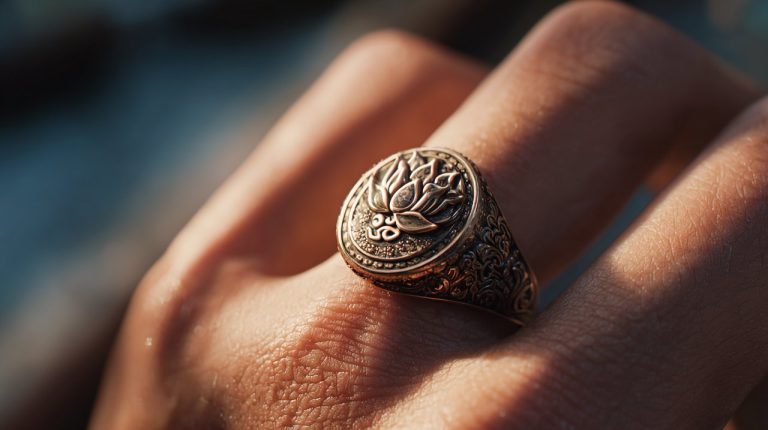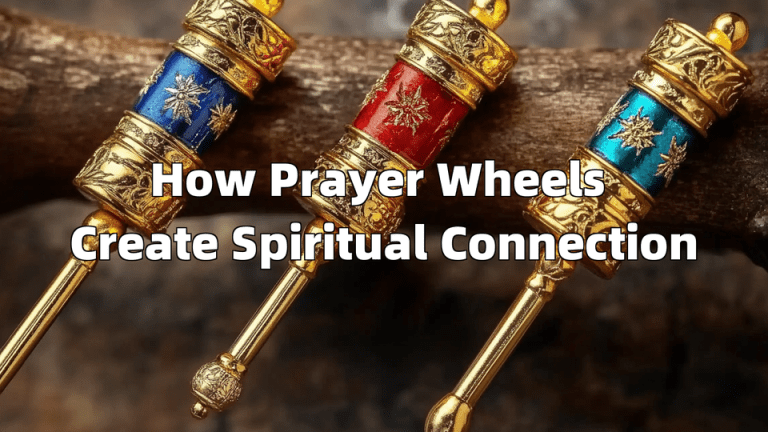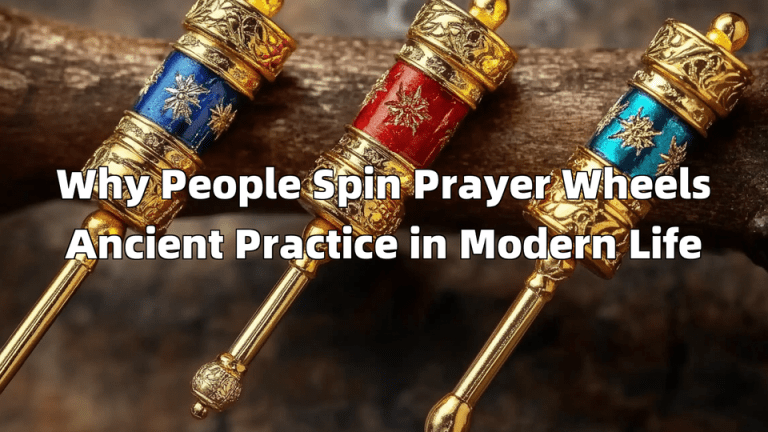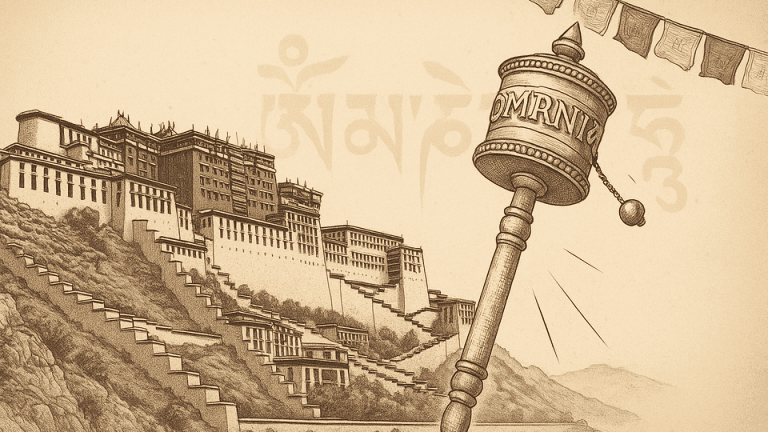A Prayer Wheel is a profound spiritual tool central to Tibetan Buddhist practice, designed to accumulate wisdom and merit and to purify negativities. Its consistent rotation, imbued with sacred mantras, serves as a powerful form of active meditation, fostering a deep connection to the divine and promoting inner peace for practitioners.
What is a Prayer Wheel and Why Does It Matter?
At its core, a prayer wheel (Khorlo) is a cylindrical device containing rolls of sacred mantras, most commonly "Om Mani Padme Hum." Spinning the wheel clockwise is considered a powerful form of active meditation, believed to send blessings and positive energy into the world, much like reciting the mantras aloud. This dynamic engagement of body, speech, and mind makes it a fundamental tool for accumulating wisdom and merit. Its function complements other spiritual aids like mala beads, both focusing intent and fostering a deeper spiritual connection.
Exploring The Different Types and Meanings of Prayer Wheels
Prayer wheels come in various forms, each with unique characteristics and applications. Understanding these distinctions helps practitioners choose the right tool for their spiritual journey:
- Handheld Prayer Wheels (Mani Khorlo): These are the most common, portable, and used for individual practice, allowing practitioners to carry their blessings wherever they go. They typically feature intricate carvings and sometimes incorporate precious stones or symbols, much like the revered Dzi beads found in many Tibetan artifacts.
- Tabletop/Wall-Mounted Prayer Wheels: Larger and stationary, these are often found in homes, monasteries, or temples. Their continuous spinning, sometimes powered by wind or water, is believed to bless the surrounding environment.
- Temple/Community Prayer Wheels: Massive wheels found in monasteries, spun by many people simultaneously, generating immense collective merit. These are often adorned with beautiful craftsmanship, reflecting the rich artistic tradition seen in items like Tibetan rings and other sacred jewelry.
How Can You Begin a Practice with a Prayer Wheel?
Incorporating a prayer wheel into your spiritual routine is a straightforward yet deeply meaningful process. The key is intention and mindfulness:
- Setting Intention: Before spinning, take a moment to set a clear intention—whether for personal healing, the well-being of others, or universal peace.
- Gentle Rotation: Hold the prayer wheel comfortably and spin it clockwise with a gentle, steady motion. The speed is less important than the consistency and meditative focus.
- Mantra Recitation: While spinning, you can silently or audibly recite "Om Mani Padme Hum" or another mantra, aligning your mind with the sacred words contained within the wheel.
- Mindful Presence: Focus on the movement, the mantra, and your intention. Let go of distractions and allow the rhythmic motion to guide you into a state of calm and clarity.
Engaging with a prayer wheel offers a tangible path to spiritual growth and compassionate action. To delve deeper into its profound history, symbolism, and practical applications, we encourage you to explore the comprehensive articles within this category.






